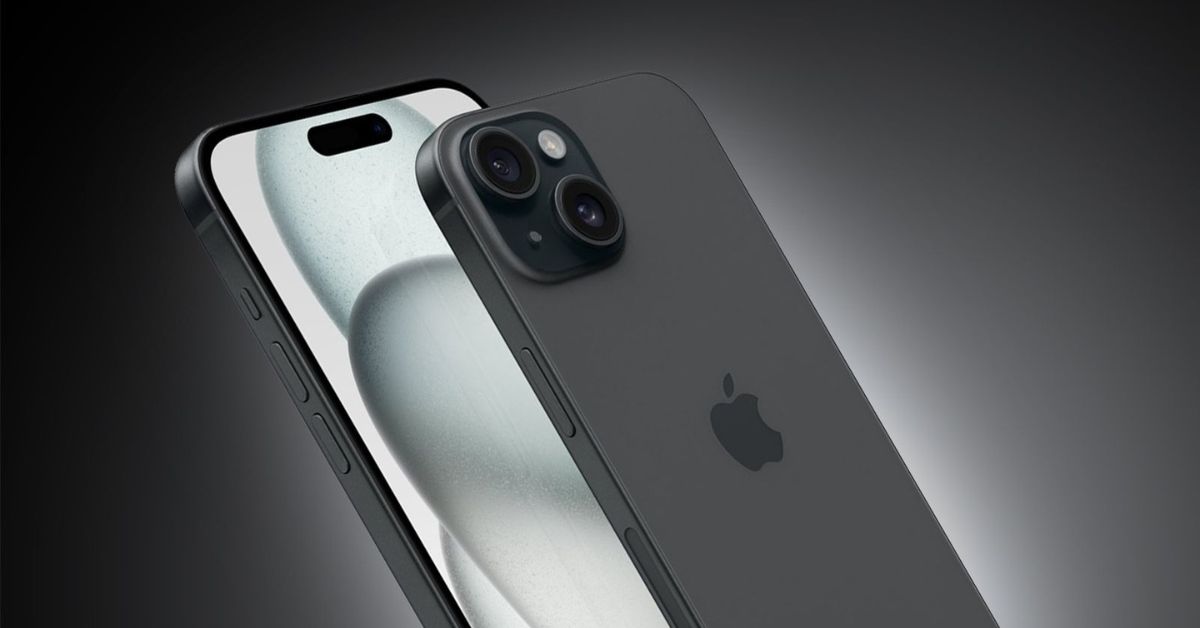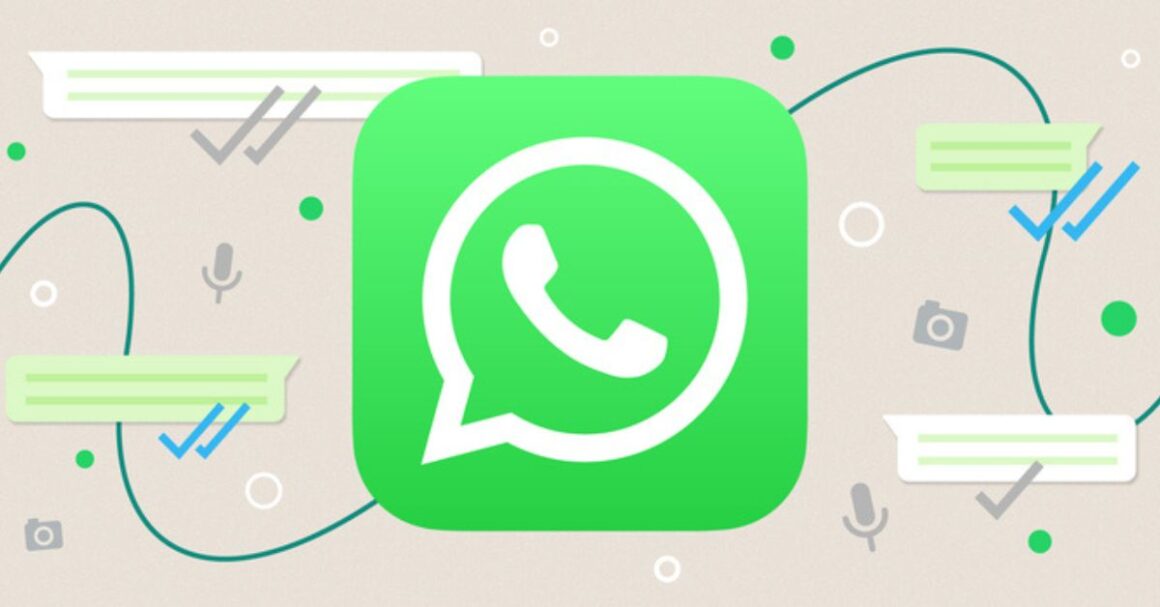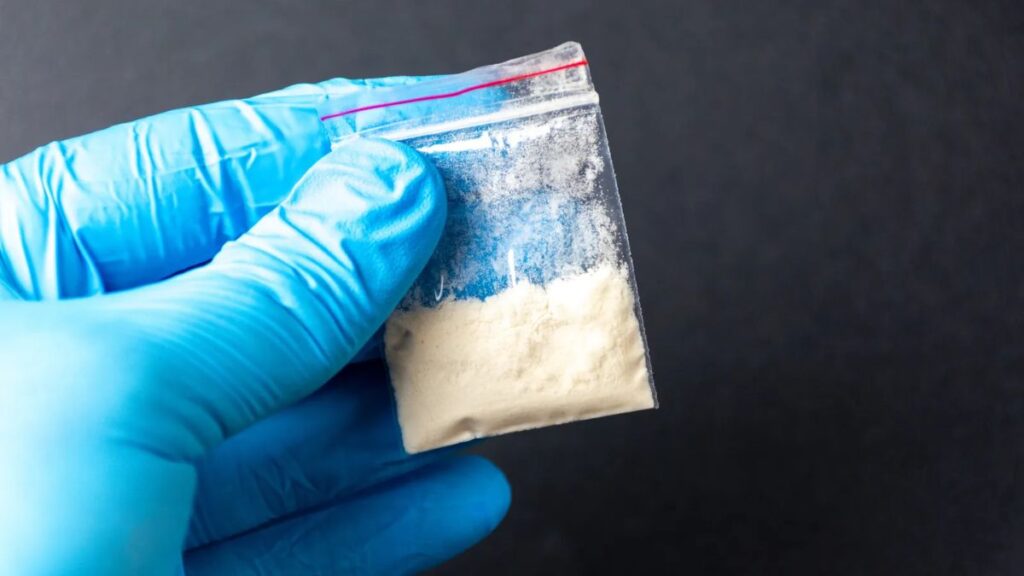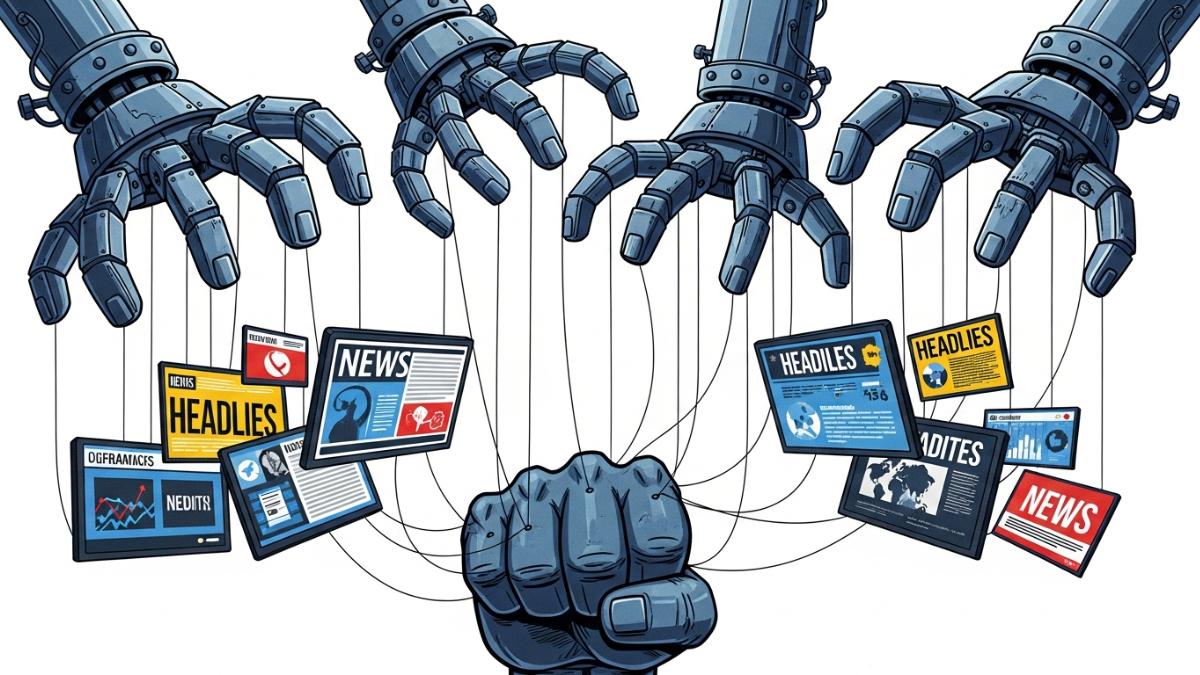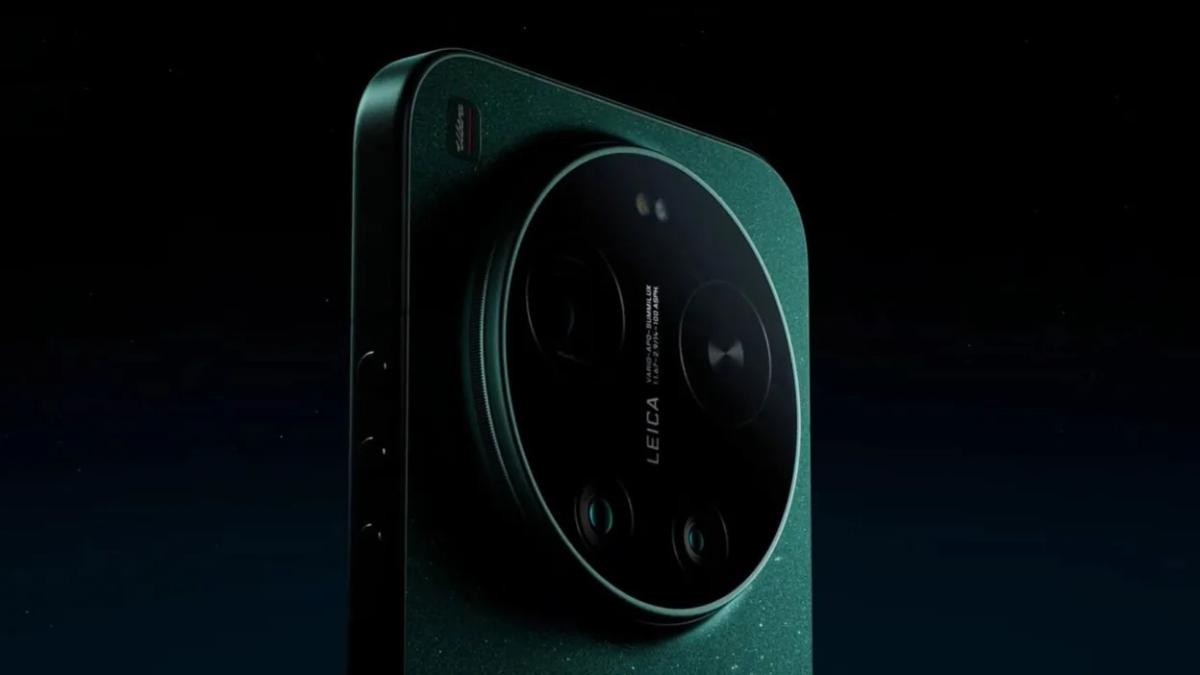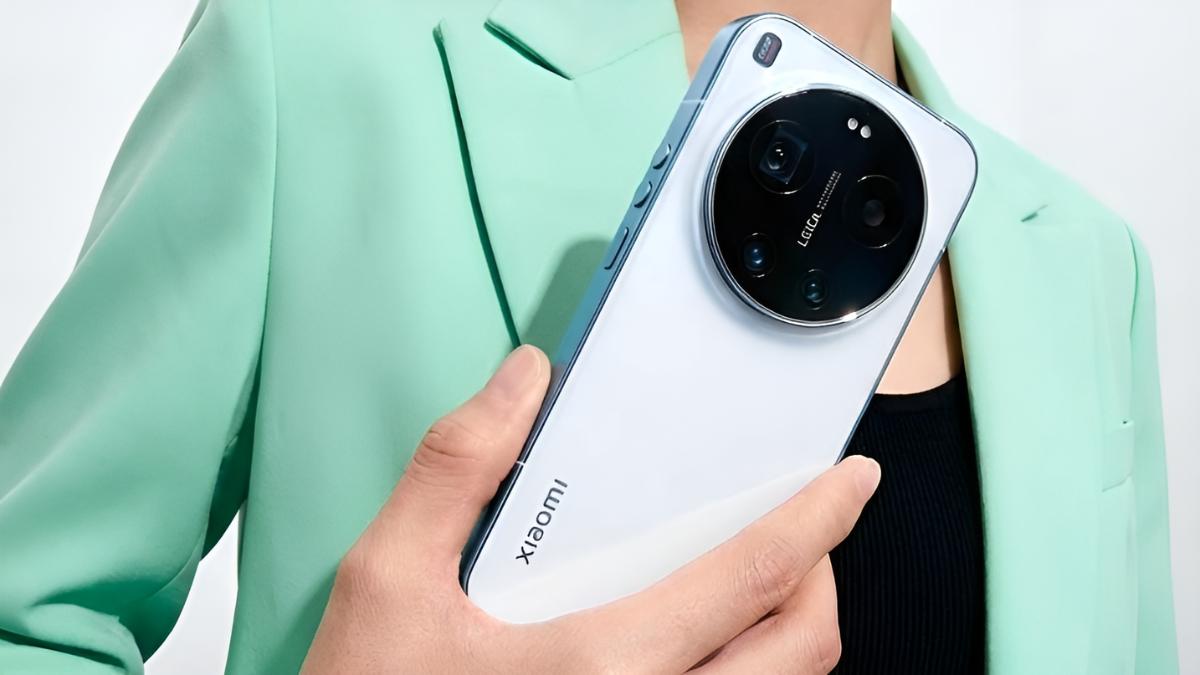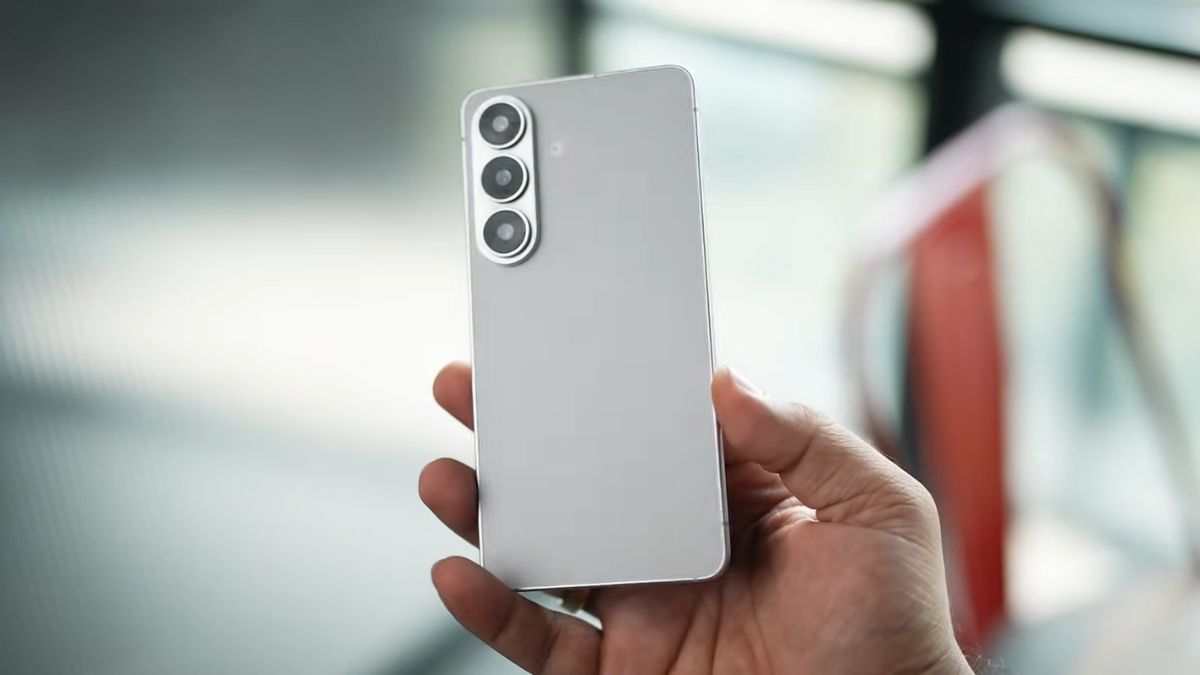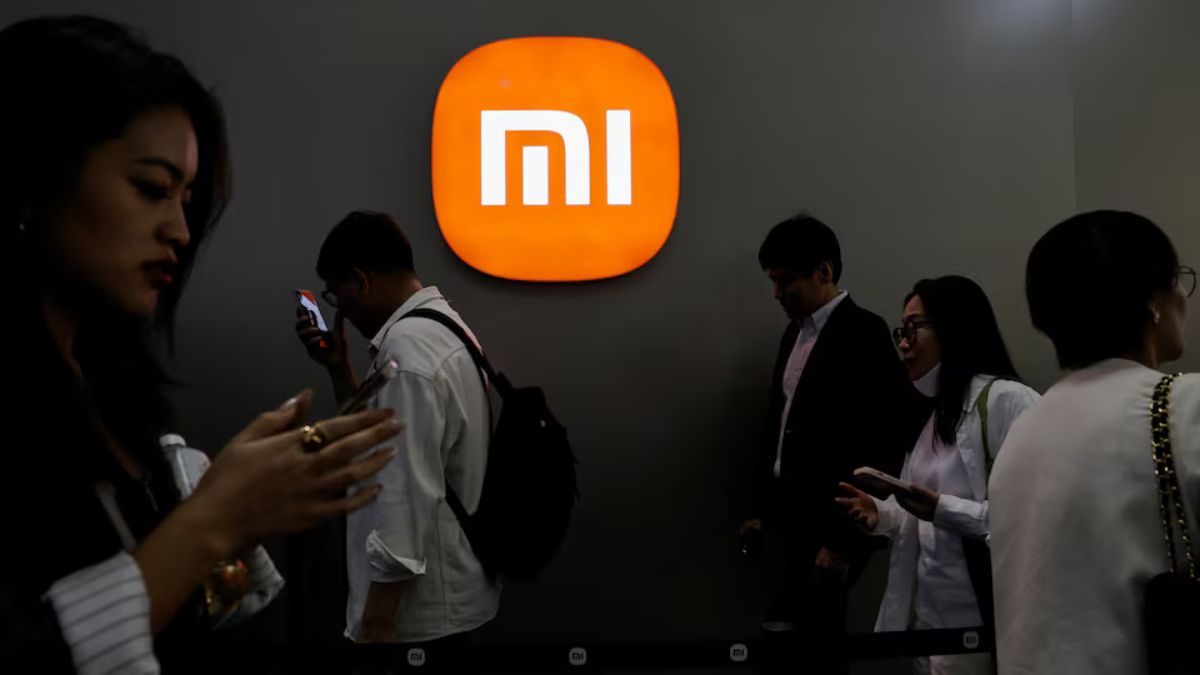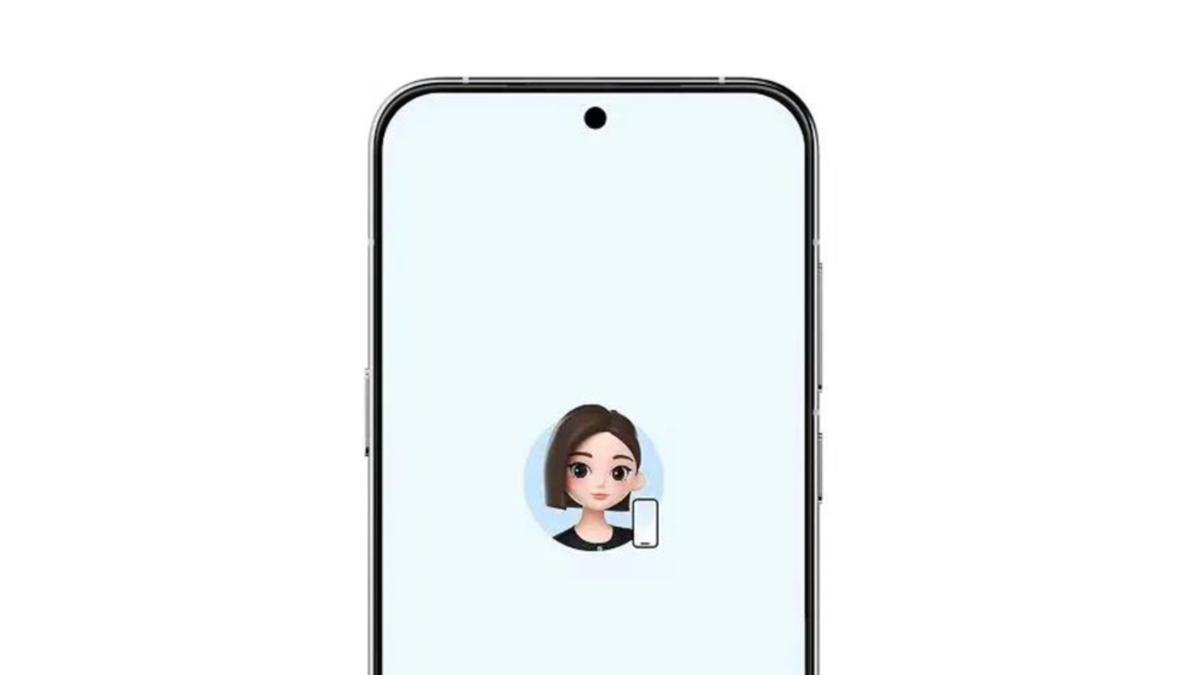Starting today, all new smartphones and tablets sold in the European Union (EU) must have a new energy efficiency label inside their packaging. These labels aim to help buyers make better choices and reduce CO₂ emissions across Europe.
The new label looks like the ones already used on appliances like fridges or washing machines. It gives each device a rating from A (most efficient) to G (least efficient).
The label shows seven important details:
- Overall energy efficiency rating (A to G)
- Battery life per full charge (in hours and minutes)
- Drop resistance rating (A to E)
- Battery lifespan (how many charge cycles it can handle)
- Repairability score (A to E)
- Water and dust protection (IP rating)
- Official product registration number
Manufacturers must register their products with the European Product Registry for Energy Labelling (EPREL), run by the European Commission.
On top of that, all new devices sold in the EU must meet five eco-design rules:
- Durability: Must resist accidental drops and have dust/water protection.
- Battery life: Batteries must survive at least 800 full charge cycles with 80% original capacity.
- Repairability: Spare parts must be available for 7 years after sales stop.
- Software updates: Devices must get 5 years of OS upgrades.
- Repair access: Professional repairers must have equal access to repair software and firmware.
Phones and tablets released before June 20 don’t need to have this label. Also exempt are special-use devices like foldables or high-security phones.
With this change, smartphone shopping in Europe is set to become more transparent, helping buyers focus on products that last longer, are easier to repair, and are better for the environment.

